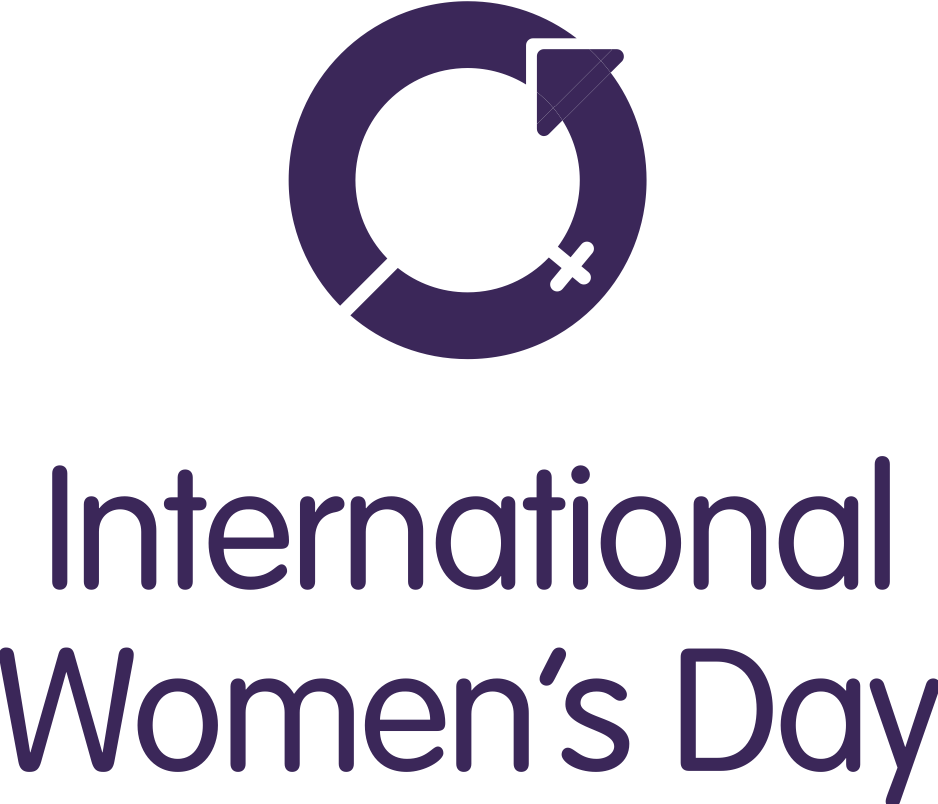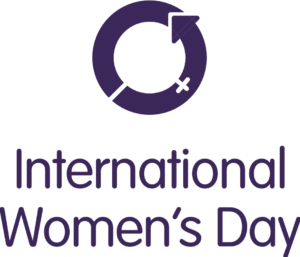
Women Leading Nonprofits: Conversation & Communication
This year, for International Women’s Day, I was invited by Oxfam America to share the story of a woman who inspired me for their Honoring Women campaign, (which, by the way, has some poignant stories coming in from all over. If you have a story to share, do so!)

What stood out in my mind as I thought about the many inspiring women I’ve encountered at nonprofits was this: women have conversations.
Of course, we all – no matter our gender – have conversations everyday but rich, productive and sometimes even difficult conversations, are a key part of how women work, process and share information. And I think some women pay greater attention to the conversations we have – or don’t have.
Early in our TakeTwo days, we worked on a case statement for a project of Spirit in Action called Standing in Our Power (SiOP). SiOP’s focus is on building new models of leadership by and for women of color, and in doing so it raises important questions: what does your nonprofit mean by leadership? What are the expectations for the Executive Director, the staff and Board? What is the vision for the organization?
These aren’t questions that can be answered by one person overnight. These are conversation questions. When women leaders – like those that SioP uplifts – embrace these types of conversations, it often leads them to greater success because they have a more nuanced understanding and a clearer vision of what is at stake – beyond money to be raised or staff to be managed. I see embracing and having these conversation as the way forward.
Another aspect that surfaced as I thought about women in nonprofit leadership today was how women communicate. Internal communication – from emails to body language in meetings – can set the tone for the entire staff and the board. Externally, there’s often a communications person who executes the email, social media, website and marketing communications. But even so, a leader’s communication style can make all the difference.
Recently, SAALT, a national organization TakeTwo works with to provide capacity building trainings, had a leadership transition. They communicated the news about the founding Executive Director stepping down more than six months in advance, with strong support from the organization’s Board. Throughout the transition to a new Executive Director who came on recently, they communicated professionally, openly and regularly about the change. This type of communication to the outside world, while internally managing a big shift, sent the message that a transition is not a crisis or something to fear, but rather one of positive change and growth.
It may or may not be a factor that in this case both the outgoing and the incoming Executive Directors are women, but I believe that gender played a role. I’ve seen that when operating from positions of power, some women communicate with transparency and confidence.
But even while I am inspired by how some women lead, there are still too few women leaders in the nonprofit world. And that must change.





